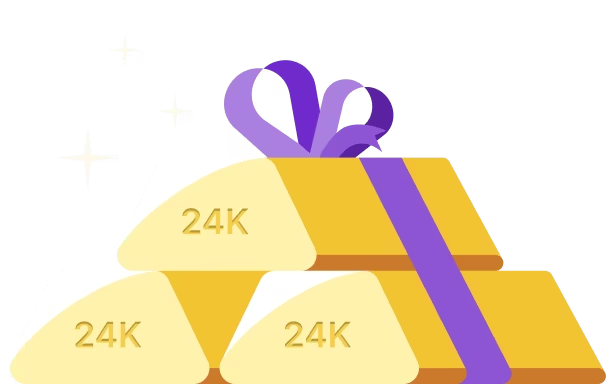NACH is an advanced electronic payment system developed by the National Payments Corporation of India (NPCI). The NACH full form is National Automated Clearing House.
It helps in making bulk, repetitive transactions such as loan EMIs, insurance premiums and utility bill payments faster and more efficient.
NACH in Banking Meaning
The NACH in banking refers to an automated system that simplifies recurring interbank transactions. Before NACH, customers had to visit banks or rely on manual methods like cheques or ECS (Electronic Clearing Service).
With NACH, payments are directly debited or credited from the customer’s bank account after a one-time authorisation, known as a “mandate”.
For instance, if a customer sets up NACH for electricity bills, the due amount will be automatically deducted every month without manual effort.
Types of NACH in Banking
There are two types of NACH in banking: NACH Debit and NACH Credit.
- NACH Debit: It allows institutions such as banks, insurance companies and mutual funds to collect recurring payments automatically. This is ideal for EMI, subscription or policy premium payments.
- NACH Credit: It is used by companies to transfer funds to multiple beneficiaries at once, such as paying salaries or dividends.
In short, NACH offers convenience in handling repetitive financial transactions. It has modernised the way individuals and businesses manage payments.










